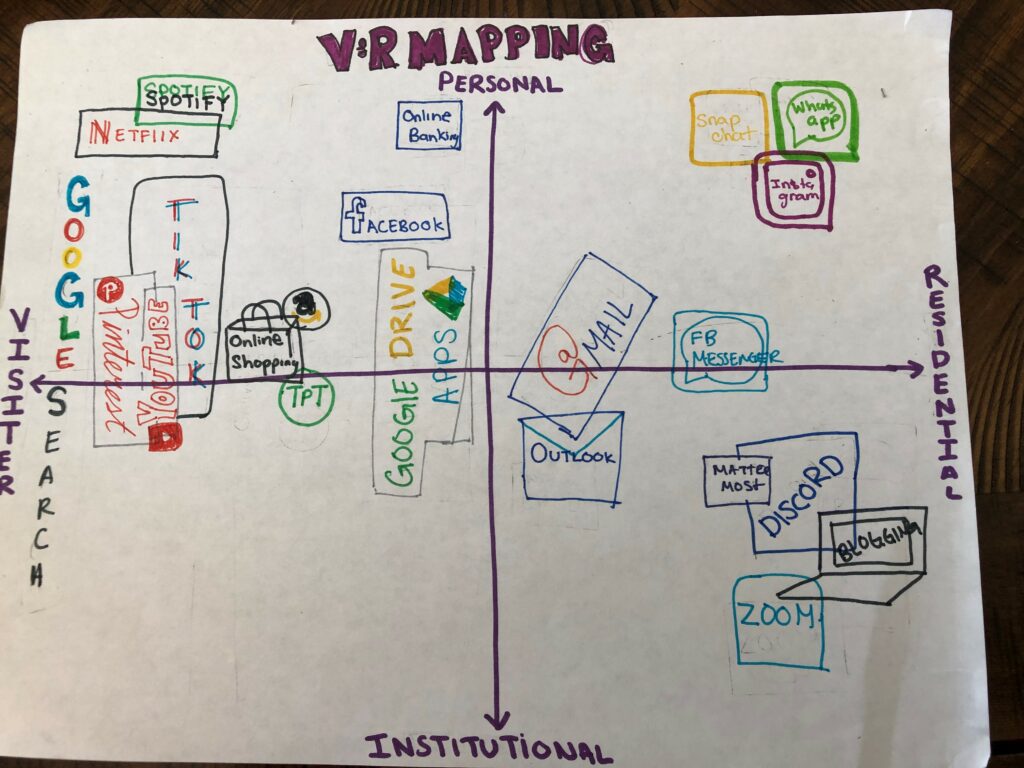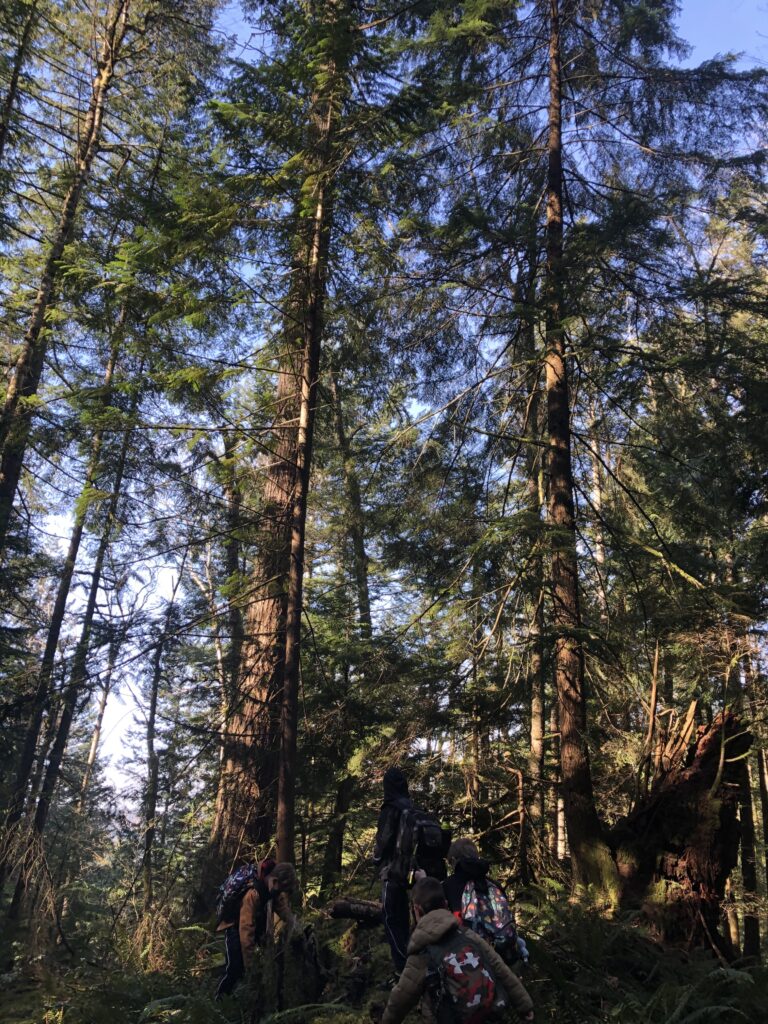As this course comes to an end, and I think about how I’ve learned from my Personal Learning Network. I learned a lot about how it works and how I can benefit from it. Before this course, I only thought I used my PLN for social media and personal use however, I know how significant my PLN is and how I use it for my profession and the potential for me to use it. This was discovered through the V&R mapping where I realized how I am mostly a visitor, but I use a lot different sources to help me in my job.
As an educator, I can use my PLN to expand and grow my knowledge. I can reach out to other teachers to learn or to share my own knowledge. I can use social media like twitter, Instagram or tik tok to reach out and create those relationships to help expand my learning and create those connections to people in similar fields. One thing I have learned and have experienced through this course, is that I don’t have to use my professional PLN to reach out to educators but also other people in different fields. Being able to take this course and others has provided me the opportunity to reach out and talk to others about their PLN perspectives or just different knowledge in different subjects. This has provided me the opportunity to create greater connections where I can use someone who is not an educator as a resource in my classroom or personally before I teach my students. In addition, it has provided me multiple opportunities to learn and collect more ideas for my future career.
In my groups final project, we discussed our own personal PLNs and how it has changed our perspective and how our knowledge has grown. We chose to do a podcast style because we thought it would get our point across and let us discover through conversation. Going through this podcast style, I looked at it through the eyes of an individual and what Brad baker said about individualizing stories so people can understand and get first-hand knowledge. We all shared our own individual experiences and I believe this was more effective, because the listeners could hear first-hand about our process where they might relate, or it will resonate with them when they continue/ begin to grow their PLNs. This was a great discussion that was natural, but also allowed for us to explore topics that I would not have reach just reflecting by myself. Overall, I have learned a lot throughout this course and my knowledge of all the possibilities of how I can expand and learn and teach through technology and a Personal Learning Network. Before this course, I did not really like blogging and media but seeing how beneficial it can be (with some precautions of course) and starting a path here in this blog, is a great start to continue because like me, it is always growing and developing.

